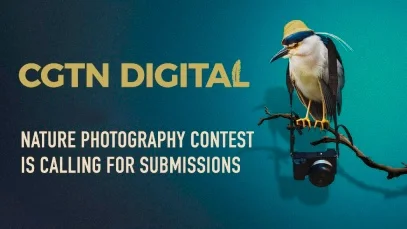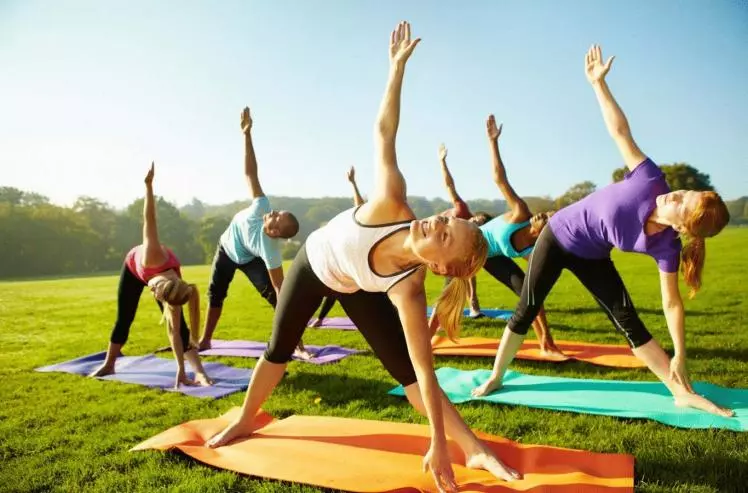Task 1
Imagine that you are preparing a project with your friend. You have found some interesting material for the presentation and you want to read this text to your friend. You have 1.5 minutes to read the text silently, then be ready to read it out aloud. You will not have more than 1.5 minutes to read it.
Earth Hour is organised by the World Wide Fund for Nature (WWF) and it’s a big event usually at the end of March every year. On this evening, people ‘go dark’ – that is, switch off lights in their homes, schools and businesses all at the same time for one hour.
Earth Hour started in Australia in 2007, when 2.2 million people in Sydney turned off all unnecessary lights for an hour. Since then, it has grown into an international event.
The logo of Earth Hour is ’60+’. The number 60 is for the 60 minutes of Earth Hour, and the plus invites people to keep on taking action even after Earth Hour is finished. The idea is to raise awareness of environmental issues and call for action to protect nature, so that people enjoy healthy, happy and sustainable lives now and in the future.
Task 2
Study the advertisement.

You are considering entering this nature photo contest and now you’d like to get more information. In 1.5 minutes you are to ask four direct questions to find out about the following:
- categories for photographers to enter
- entry deadline
- contest rules
- prizes
You have 20 seconds to ask each question.
Task 3
You are going to give an interview. You have to answer five questions. Give full answers to the questions (2–3 sentences). Remember that you have 40 seconds to answer each question.
Tapescript for Task 3
Interviewer: Hello everybody! It’s Teenagers Round the World Channel. Our guest today is a teenager from Russia and we are going to discuss school relationships. We’d like to know our guest’s point of view on this issue. Please answer five questions. So, let’s get started.
Interviewer: How important are the friendships you made in school?
Student: _________________________
Interviewer: How did you handle disagreements or conflicts with your classmates?
Student: _________________________
Interviewer: What’s your opinion on romantic relationships in school? Do you think they enrich the school experience?
Student: _________________________
Interviewer: Have technology and social media had a positive or negative impact on teenage relationships, in your opinion?
Student: _________________________
Interviewer: What advice would you give to younger teenagers about building positive relationships in school?
Student: _________________________
Interviewer: Thank you very much for your interview.
Task 4
Imagine that you and your friend are doing a school project “Keeping fit without a gym”. You have found some photos to illustrate it but for technical reasons you cannot send them now. Leave a voice message to your friend explaining your choice of the photos and sharing some ideas about the project. In 2.5 minutes be ready to:
- explain the choice of the illustrations for the project by briefly describing them and noting the differences;
- mention the advantages (1–2) of the two ways to keep fit;
- mention the disadvantages (1–2) of the two ways to keep fit;
- express your opinion on the subject of the project – which way of keeping fit presented in the pictures you’d prefer and why.
You will speak for not more than 3 minutes (12–15 sentences). You have to talk continuously.

